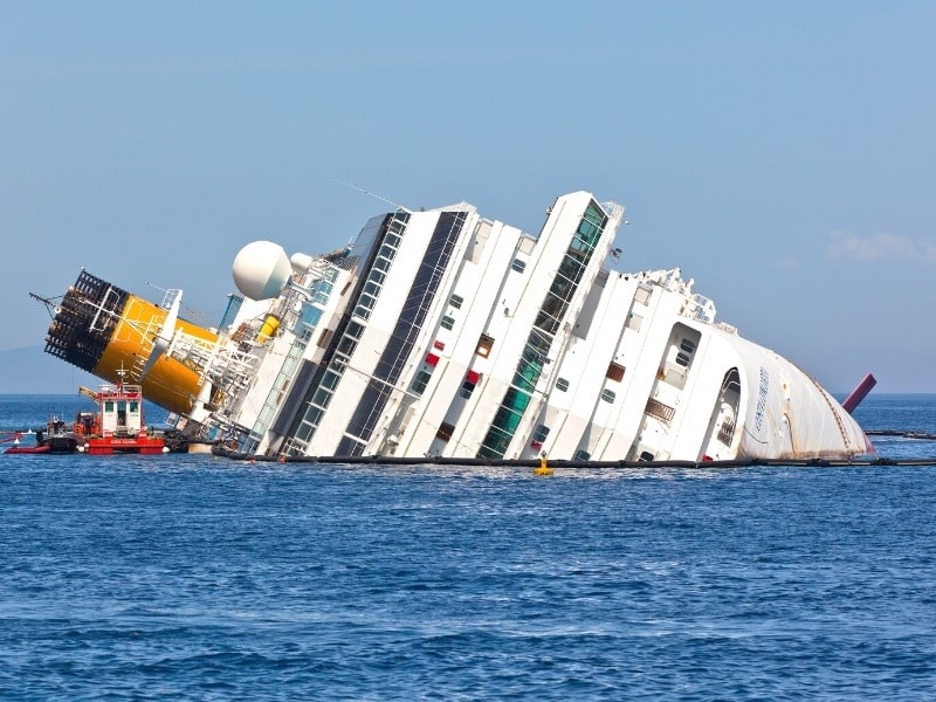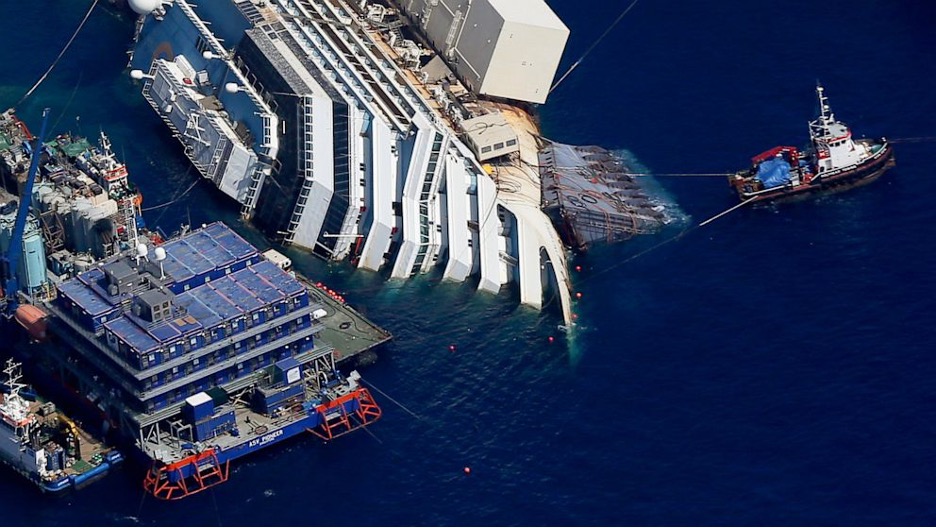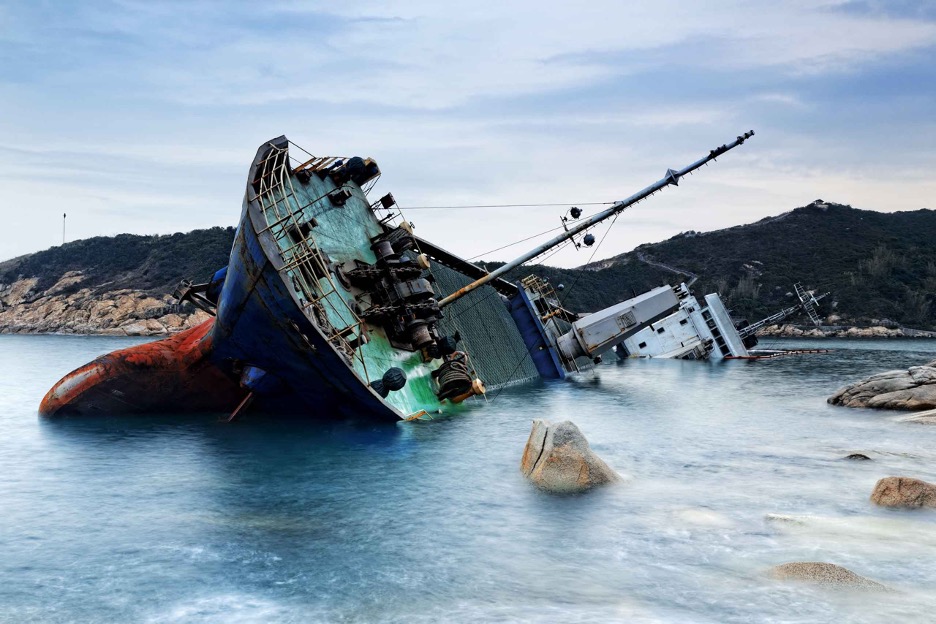A critical component to avoiding environmental or economic damage during a marine catastrophe is the ability to respond swiftly and appropriately in the aftermath of an accident to save all or a section of marine property that is in peril.
Marine salvage is the saving of a ship, its cargo, or any other marine property from danger in navigable waters that, without the rescuer’s help, would have resulted in the loss or destruction of the property.
Most often, marine salvage is performed by professional companies with extensive experience and specialized equipment. However, in some cases – particularly when time or distance are factors – it may be possible for any other vessel to provide assistance. This article will cover the definition of marine salvage, how it works, its history, and what important conventions cover marine salvage

Types of Marine Salvage
Salvors work under one of two main categories of salvage: contract salvage or pure salvage. In contract salvage, the rescuer and the owner agree on a fee for the salvor’s services. This is frequently the case such as when a vessel merely requires an inbound tow, but it can also result from pre-existing contracts, such as those with some of the various towing services.
Both sides benefit from contract salvage. Because the terms are already stipulated in the parties’ contract, the salvaging party does not need to go to great lengths to prove all the elements of salvage or the factors of a just award. From the standpoint of the owner, there are no unexpectedly high costs. The terms and projected costs in the case of a breakdown or mechanical failure are understood from the outset.

In the case of pure salvage there must be 3 elements present:
- The property to be salved must be in peril.
- The action should be voluntary, that is there must not be any legal obligation for the salvors to try and save the property.
- The action should be successful, in that there must be some part of the property saved from which a salvage award will be paid. This is because the concept of salvage is that a successful salvor is entitled to a reward, which is a proportion of the total value of the salved property.
The Process of Marine Salvage.
There is no contract between the owner of the property in need of salvage and the salvor in pure salvage (also known as “merit salvage”). The partnership is however legally enforceable as salvors always have an enforceable maritime lien on the salved property. Salvage liens are the maritime lien of the highest rank.
Under pure salvage, the salvor of property must file a salvage claim in court, which will award salvage based on the “merit” of the service and the value of the salvaged goods. A court would examine various variables while determining the amount of salvor’s award.
Some of these factors are the operation’s difficulty, the risk to the salvor, the value of the property saved, the degree of danger to which the item was exposed, and the potential environmental consequences. It would be unusual for the salvage reward to be larger than 50% of the value of the salvaged property. Salvage awards are often in the range of 10% to 25% of the property’s value.
Lloyds Open Form.
To avoid any potential haggling as to the terms of the salvage before salvage operations commence and after the operation, Lloyds of London through the Lloyds Open Form (LOF) provides a regime for determining the amount of remuneration to be awarded to salvors for their services in saving property at sea and minimizing or preventing damage to the environment.
Originating from the late 1800s, it is probably the most widely used international salvage agreement of its kind in the world today.
The LOF is basically a “No cure, no pay” contract. In addition:
- LOF terms can be agreed to by radio, simply by reference; there is no need to have a copy of a LOF form on board.
- There is no need to haggle over the terms – they are fixed.
- There is no need to haggle over a potential reward; it will be determined (in the absence of settlement) by Lloyd’s Arbitrator after the salvage service;
- The salvor is entitled to security following the salvage service.
- The contract is governed by English law and disputes are submitted to arbitration in London by an expert salvage arbitrator.

Salvage Convention of 1989 (SALCON 89)
The Convention superseded a salvage convention adopted in Brussels in 1910, which included the “no cure, no pay” premise, according to which a salvor is only compensated for services if the operation is successful.
Although this core theory worked well in most circumstances, it did not account for pollution. A salvor who avoided a big pollution problem (for example, by pulling a damaged tanker away from an environmentally sensitive area) but did not save the ship or cargo received nothing. As a result, there was no incentive for a salvor to embark on an operation with a low probability of success.
The 1989 Convention attempts to address this shortcoming by providing for an increased salvage compensation that takes into account the salvors’ skill and efforts in preventing or reducing environmental damage. The 1989 Convention established a “special compensation” to be provided to salvors who did not earn a reward in the traditional manner but were able to prevent environmental damage such as by saving the cargo.
Additional Compensation
The 1989 Convention established a “special compensation” to be provided to salvors who did not earn a reward in the traditional manner (i.e. by salving the ship and cargo).
Pollution, contamination, fire, explosion, or similar major incidents create “serious physical damage to human health or marine life or resources in coastal or inland seas or areas contiguous thereto.”
The compensation consists of the salvor’s expenses plus up to 30% of these expenses if environmental harm is mitigated or averted as a result of the salvor’s efforts. Expenses incurred by the salvor in the salvage operation are defined as “out-of-pocket expenses fairly expended by the salvor and a fair rate for equipment and personnel actually and reasonably utilized.”
Conclusion.
Salvage concepts and salvage legislation have evolved over many years. The essential premise is that the potential of an acceptable salvage award should drive the salvor to assist in any casualty situation to rescue the ship, property, and, most importantly, life and prevent pollution. The salvor’s claim to a reward is based on natural equity, which allows the salvor to share in the benefit conferred on the shipowner, the ship, and the cargo.
Still Searching for Boat Parts? Explore Salvage Yards in Neighboring States!
If you haven’t found the parts you need from our list of salvage yards near you, don’t worry. Expand your search by visiting salvage yards in neighboring states such as Florida, California, Texas, and Michigan. There are plenty of hidden treasures just waiting to be discovered!
- Types of Gas Carriers as per IGC Code – April 22, 2025
- Wind-Assisted Propulsion Systems (WAPS): A Game Changer for Maritime Decarbonization – February 6, 2025
- 10 Boat Salvage Yards in California – January 25, 2025




